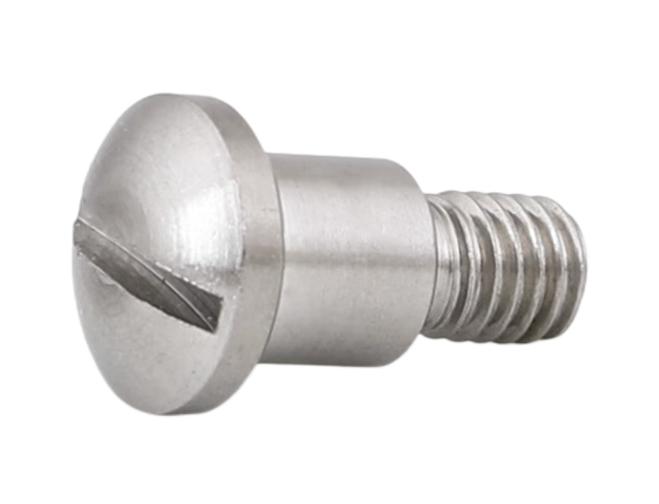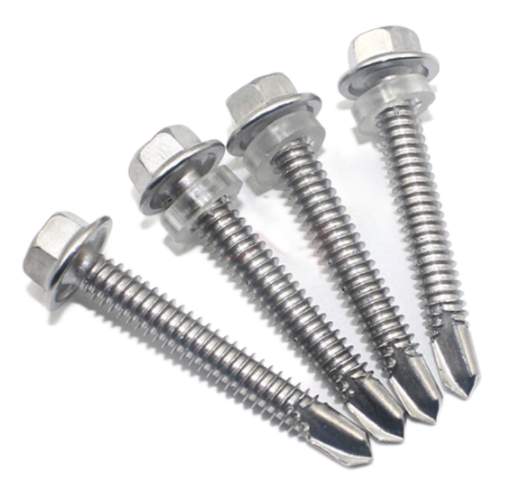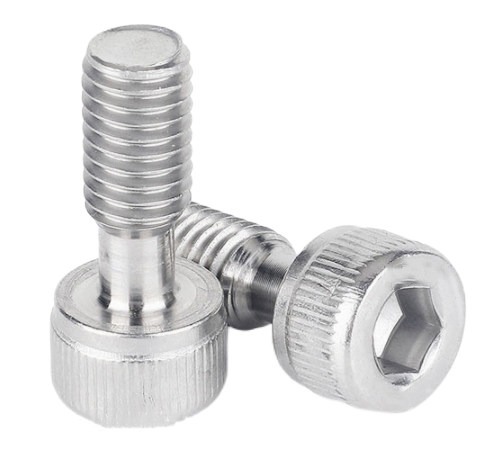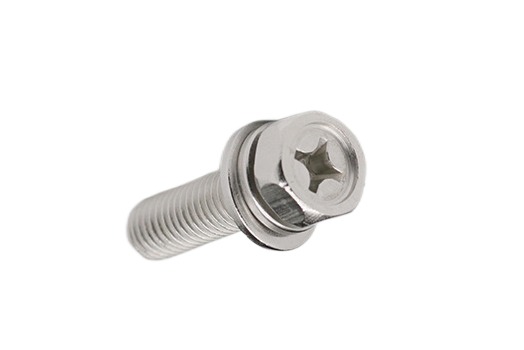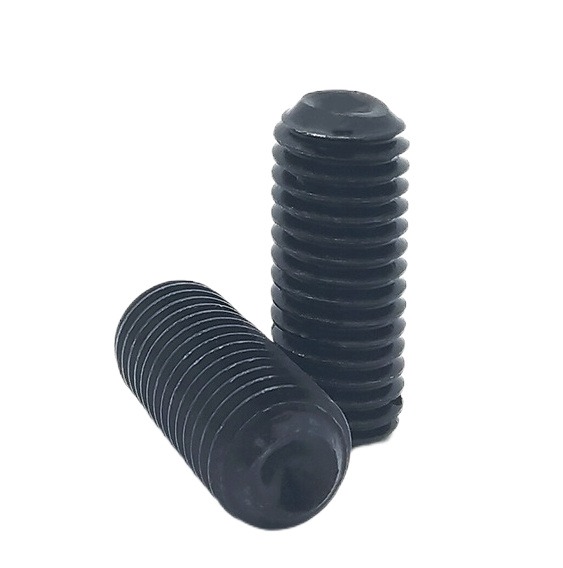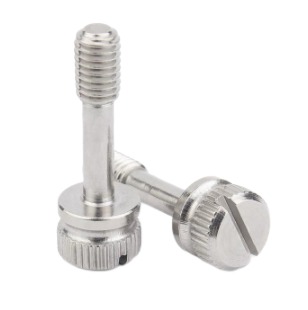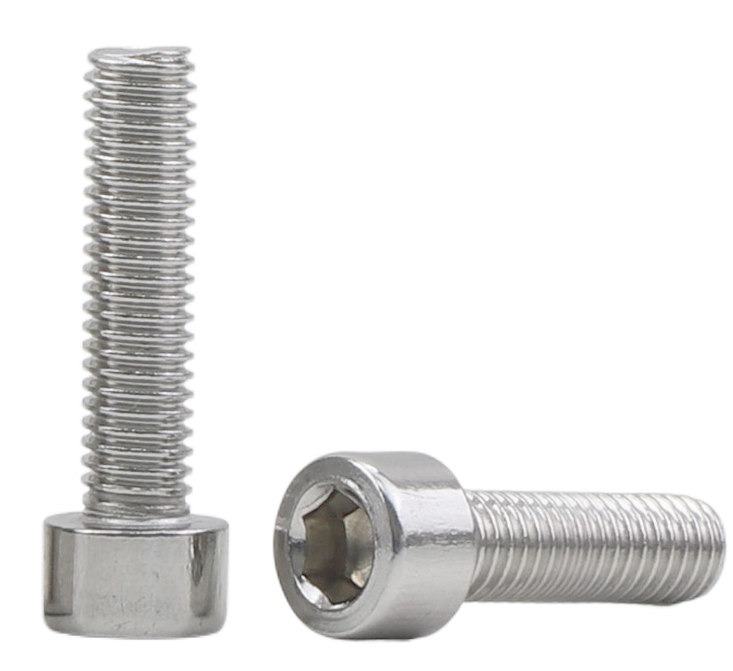What are Inspection Methods for Coated Screws
When it comes to coated screws, ensuring their quality and reliability is essential for various industries and applications. Coating not only enhances the aesthetic appeal of screws but also provides protection against corrosion and improves their durability. To ensure the coated screws meet the desired standards, thorough inspection methods must be employed. This article explores the different inspection methods for coated screws, including cosmetic inspection, inspection of coating thickness, adhesion strength, and corrosion resistance.

1. Cosmetic Inspection for Coated Screw
Cosmetic inspection focuses on the visual appearance of the coated screws. This inspection method ensures that the coating is applied evenly and uniformly across the entire surface of the screw. Any irregularities, such as bubbles, cracks, or discoloration, can be identified through this inspection. A visual examination helps maintain the overall aesthetic appeal of the screws and ensures consistent quality.
2. Inspection of Coating Thickness for Coated Screw
The coating thickness is a crucial factor in determining the performance and longevity of the screws. Several methods can be used to measure the coating thickness accurately:
- Measuring Tool Method:
This method involves using precision measuring tools such as micrometers or calipers to measure the thickness of the coating. The screw’s dimensions are measured before and after the coating process, allowing for the calculation of the coating thickness.
- Magnetic Method
The magnetic method utilizes magnetic induction to measure the thickness of non-magnetic coatings on ferrous substrates. By measuring the change in magnetic field strength, the coating thickness can be determined accurately.
- Microscopy
Microscopy involves examining the coated screws under a microscope to determine the coating thickness. This method allows for precise measurement, especially when dealing with thin coatings.
- Chronometric Flow Method
The chronometric flow method uses a stopwatch to measure the time it takes for a known volume of coating material to flow off a specific area of the screw. By correlating the time with the coating thickness, the quality of the coating can be evaluated.
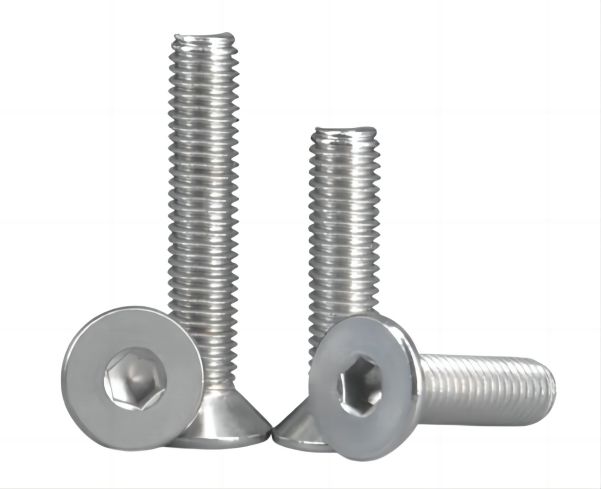
3. Inspection of Adhesion Strength for Coated Screw
Adhesion strength is critical to ensure that the coating remains intact during usage. Several tests can be conducted to evaluate the adhesion strength of the screw coating:
- Friction Polishing Test
In this test, the coated screw is subjected to friction against a hard surface. The resistance to coating removal determines the adhesion strength. If the coating withstands the friction without peeling or chipping, it indicates good adhesion.
- File Method Test
The file method involves using a file to scrape the coating surface. The extent of coating removal is observed and evaluated. A higher resistance to coating removal signifies stronger adhesion.
- Scratch Method
The scratch method involves making a cut or scratch on the coating surface using a sharp object. The extent and nature of the scratch are examined to determine the adhesion strength. If the coating shows minimal or no detachment, it indicates good adhesion.
- Bending Test
The bending test evaluates the coating’s flexibility and adhesion by subjecting the coated screw to controlled bending. If the coating remains intact without cracking or peeling, it signifies good adhesion.
- Thermal Shock Test
The thermal shock test involves subjecting the coated screw to rapid temperature changes. The expansion and contraction of the substrate and coating help evaluate the adhesion strength. Minimal coating damage indicates strong adhesion.
- Squeeze Method
The squeeze method applies pressure to the coated screw to assess the adhesion strength. If the coating remains intact and resists detachment under pressure, it indicates good adhesion.
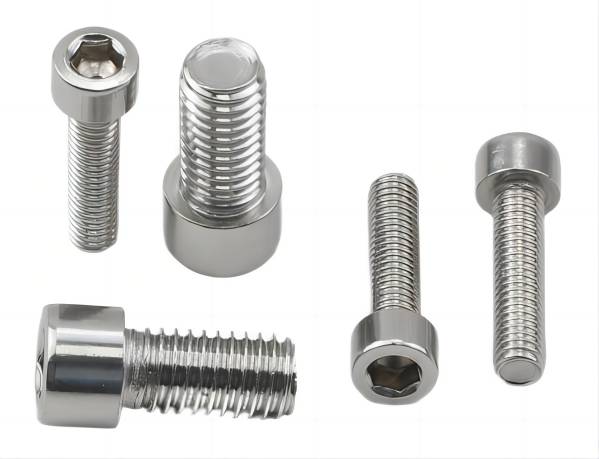
4. Inspection of Corrosion Resistance for Coated Screw
Corrosion resistance is a vital characteristic of coated screws, particularly in environments with high moisture or chemical exposure. Various tests can be conducted to evaluate the corrosion resistance of the screw coating:
- Atmospheric Explosion Test
This test involves subjecting the coated screws to a corrosive atmosphere for a specific period. The screws are exposed to humidity, temperature variations, and corrosive gases to simulate real-world conditions. After the test, the screws are inspected for any signs of corrosion or coating deterioration.
- Neutral Salt Spray Test (NSS Test)
The NSS test is widely used to evaluate the corrosion resistance of coatings. The coated screws are exposed to a salt spray environment, which accelerates corrosion. The duration of the test and the appearance of corrosion are analyzed to determine the coating’s effectiveness in protecting against corrosion.
- Acetate Spray Test (ASS Test), Copper Accelerated Acetate Spray Test (CASS Test)
These tests are more rigorous than the NSS test and are commonly employed to evaluate the corrosion resistance of high-performance coatings. The coated screws are subjected to a corrosive solution containing acetic acid, copper chloride, and other accelerants. The duration of exposure and the level of corrosion are assessed to determine the coating’s performance.
- Corrosion Paste Corrosion Test (CORR Test) and Solution Droplet Corrosion Test
These tests involve applying corrosive substances directly to the coating surface. The coated screws are exposed to corrosive pastes or droplets, and the extent and speed of corrosion are evaluated.
- Immersion Test, Inter-Immersion Corrosion Test, etc.
These tests involve immersing the coated screws in various corrosive solutions for a specified duration. The solutions can vary in pH levels, chemical compositions, or temperatures to simulate different corrosive environments. The screws are inspected for signs of corrosion or coating damage after the test.
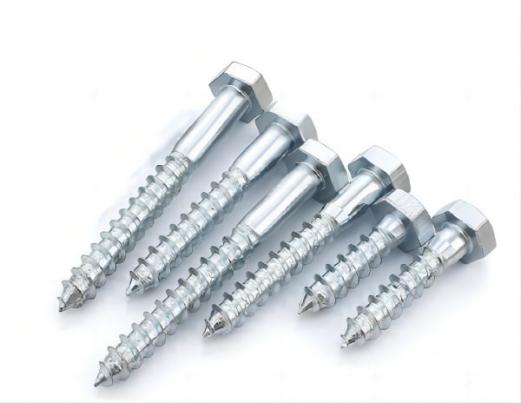
Conclusion
Inspection methods for coated screws are crucial to ensure their quality, reliability, and performance. Businesses can maintain the desired standards by conducting cosmetic inspections, measuring coating thickness accurately, evaluating adhesion strength, and assessing corrosion resistance.
Moreover, choosing a reputable screw manufacturer is vital. Through research, evaluating track records, considering quality assurance and certifications, balancing quality and affordability, and assessing customer support, businesses can establish successful partnerships that meet industry demands.

